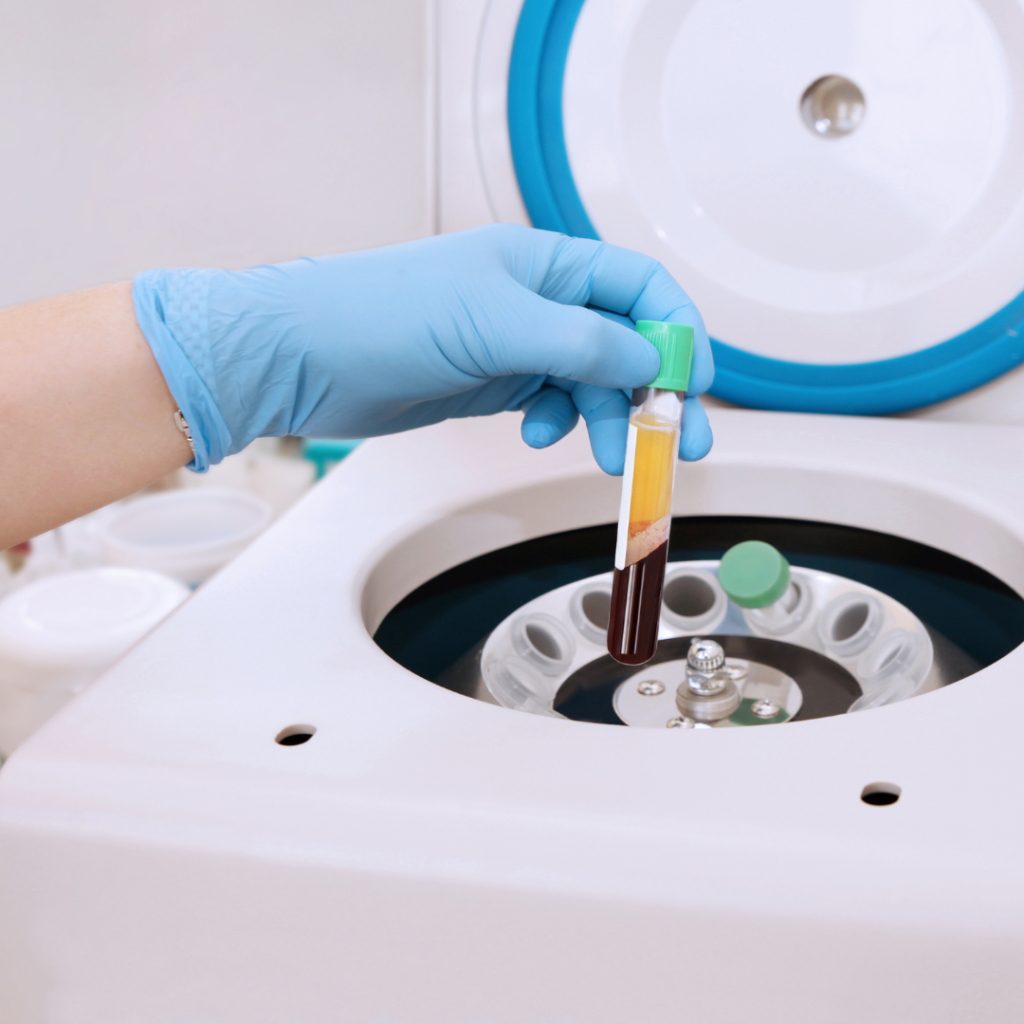Regenerative Tissue Therapy Allografts
What is Regenerative Tissue Therapy?
Regenerative tissue therapy is a branch of a relatively new and innovative form of healing called regenerative medicine. Regenerative medicine simply aims to replace tissues that have been affected by trauma, diseases, or hereditary disorders. This is a contrast to the age-old therapy which primarily focuses on treating the symptoms only. The vessel of regenerative medicine come in many forms some of which include tissue engineering, cellular therapy, and artificial medical devices and organs.
What Are Regenerative Tissue Therapy Allografts?
Regenerative tissue therapy allografts are sourced from Wharton’s Jelly. Wharton’s Jelly is an umbilical cord blood-derived tissue allograft, made up of human cellular tissue product and growth factors. It is a gelatinous substance which is why it’s called jelly, and it is classified as connective tissue. The human cellular tissue product included in Wharton’s Jelly are called pluripotent cells, which means they can develop and specialize to form any kind of cell from the body.
How is Regenerative Tissue Therapy Carried Out?
Regenerative tissue therapy involves tissue engineering of biologically compatible materials such as Wharton’s jelly into the body in order to create a scaffold for new tissue growth. Although it is an up-and-coming field, it has shown promising results for soft tissue regeneration.
Wharton’s Jelly contains high amounts of extracellular matrix proteins including collagen type I, III, and V, elastin, and fibronectin that help new cells adhere together. This substance is immune-privileged so there is a reduced risk of an adverse reaction. When injected near injuries, it stimulates healing and tissue regeneration. If it needs to be injected in a complex area such as the back, we utilize trigger-point injections to ensure delivery of the allograft is as near to the desired area of damage as possible.

What Are the Benefits of Regenerative Tissue Therapy Allografts?
The benefits of regenerative tissue therapy allografts are numerous. But it is mainly known to be an effective and safe treatment approved for certain immune system and blood conditions.
The allograft contains many growth factors that stimulate new tissue, minimize scar tissue, reduce inflammation, and activate pluripotent cell properties. Additionally, it contains significant amounts of hyaluronic acid as well as numerous cytokines and growth factors that lubricate joints and promote the growth of new cartilage.
Regenerative cell injections also hold promising outcomes as treatments for progressive and degenerative conditions including arthritis, tendonitis, and slow-healing wounds. Movement disorders also respond positively to regenerative tissue therapy.
Regenerative Tissue Therapy Allografts - Conditions They Can Help Treat
Our patients with acute injuries as well as chronic degenerative disorders respond very well to tissue therapy allografts by showing a marked reduction in pain levels and an increase in daily activity. This is also why tissue therapy allografts have become quite popular for treating musculoskeletal conditions.
An allograft of amniotic tissue sourced from donors is made up of a matrix of collagen and high amounts of human cellular tissue products. This helps the body build new tissues by using the allograft as a conduit. Due to this combination of beneficial properties, tissue therapy allografts are favored as a potential treatment for conditions such as joint degeneration, arthritis, tendonitis, and ligament injury. These injuries can have numerous causes, the cause does not limit the use of tissue therapy allografts. For example, most patients suffer from sports injuries, but patients with an overuse injury or degenerative conditions also find tissue therapy allografts to yield excellent results.
Regenerative tissue therapy allografts may help treat a number of conditions including:
- Soft Tissue Injuries
- Osteoarthritis
- Joint Pain
- Lower Back Pain
- Neck Pain
- Achilles Tendon Tears
- SI Joint Pain
- Carpal Tunnel Syndrome
- Tendon or Ligament Tears
- Muscle Tears
- Rotator Cuff Injuries
- Tendinitis
- Repetitive Motion Injuries
- Plantar Fasciitis
- Inflamed Nerves
Do Regenerative Tissue Therapy Allografts Heal Injured Areas?
Regenerative Tissue therapy Allografts utilize the most up-to-date medical technology and combine it with the body’s natural healing abilities. When the body becomes injured, it utilizes a healing response that includes rebuilding vital tissues with the use of cells and growth factors.
Growth factors are small signaling proteins that aid the body in initiating and controlling the healing process. A certain kind of pluripotent cell is known to differentiate into different kinds of tissues which include ligaments, tendons, muscle, and bone. Tissue therapy allografts provide these cells and growth factors at the site of the injury to decrease inflammation, and accelerate the healing process. Consequently, leading to a quicker and safer recovery with the preservation of organ function.
Are Regenerative Tissue Therapy Allografts Effective?
Regenerative Tissue Therapy Allografts are safe and effective and have been used thousands of times in the United States alone, with no reported adverse side effects. This therapy is steroid-free, using injections that contain naturally occurring anti-inflammatory agents of the body like hyaluronic acid and growth factors, therefore, there is a minimal risk of rejection by the body.
Other Services
- Adrenal Dysfunction
- Cardiac Health
- Diabetes Management
- Food Sensitivity
- Functional Medicine Evaluation
- GI Disorders
- Hormone Replacement Therapy (HRT)
- Inflammation
- Mood Disorders
- Neuropathy
- Nutritional Deficiency
- Nutritional IM Injections
- Peptides
- PRP Injections
- Thyroid Testing and Management
- Weight Loss
(904) 373-1661

